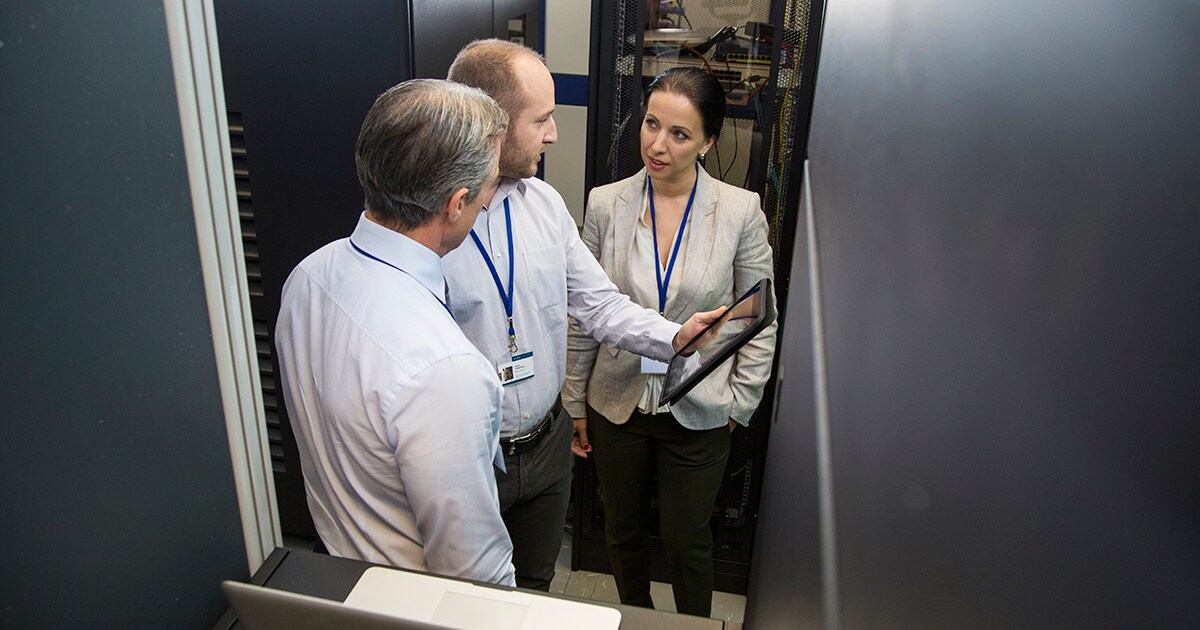December 13, 2018
How Secure Do You Want to Be?
The answer to this simple question can help your organization achieve its security objectives.

In years past, many organizations took a passive approach to cybersecurity. They’d sit back and wait for something bad to happen, then react to it. That approach is no longer acceptable for just about any organization. If you think your organization isn’t a target or that it doesn’t have anything that cybercriminals want, you’re wrong. If you have an internet connection, you have something of value that can be a target for cyberattacks.
In this era, a simple question can help any organization find itself from a cybersecurity perspective: How secure do you want to be? No matter where you are in the Cybersecurity Capability Maturity Model, the answer to this question can help you determine the best way to protect your organization.
The ostrich effect — sticking your head in the sand and pretending that nothing bad is going to happen to you — is hopelessly outdated. These days, a breach isn’t something that may happen; it’s a certainty. What’s up to you is how you respond.
Considering Security Leadership and Risk Management Strategies
Asking the question, “How secure do you want to be?,” really challenges an organization. One key benefit to addressing this question is that it can help you decide how much outside help, guidance, consulting and professional support your organization needs. This process starts by identifying what level of risk is acceptable and then determining how much effort is needed to secure your organization to that level of risk.
This process starts with leadership. An organization’s leaders must own the risk appetite. It’s not an IT problem; it’s a business decision. Executives such as CEOs and CFOs are generally excellent risk managers, as they assess concerns about public relations, mergers and acquisitions, and business markets, but they often want to pass off decisions regarding cyber risk solely to IT staff. This is a mistake. Instead, the question of how secure your organization wants to be should be answered at the highest level.
As an organization begins to answer this question, the actions it should take come more clearly into view. This is where a partner such as CDW, which offers a variety of security services, can provide valuable assistance.
Protecting Your Organization with Security Assessments and Services
The security expertise of a trusted partner can pay dividends quickly as your organization moves to improve its security posture. A good first step is to conduct an assessment of the current environment. This can help you identify just how far your organization is from your security objectives.
Organizations that already have a solid security program in place may prefer to take a deeper look into their security efforts. A Comprehensive Security Assessment involves CDW security experts using the same tools and techniques deployed by cybercriminals to breach your network. We use the information from these penetration tests to identify gaps in your defenses, and our experts recommend a plan to address these weaknesses and improve your network security. Essentially, you learn all the lessons of a security breach without suffering the damage that a successful attack can cause.
Another valuable service is a Framework Assessment, which offers a standards-based approach to an operational framework for security. CDW’s engineers conduct a gap analysis to assess your organization’s compliance with standards such as the National Institute of Standards and Technology’s Cybersecurity Framework, or the Payment Card Industry Data Security Standard. Once you understand where your vulnerabilities lie, we help you plan how to close the gap.
CDW offers a number of other valuable services that can help you improve your security posture. To get started, just ask yourself a simple question: “How secure do I want to be?”
This blog post brought to you by:

